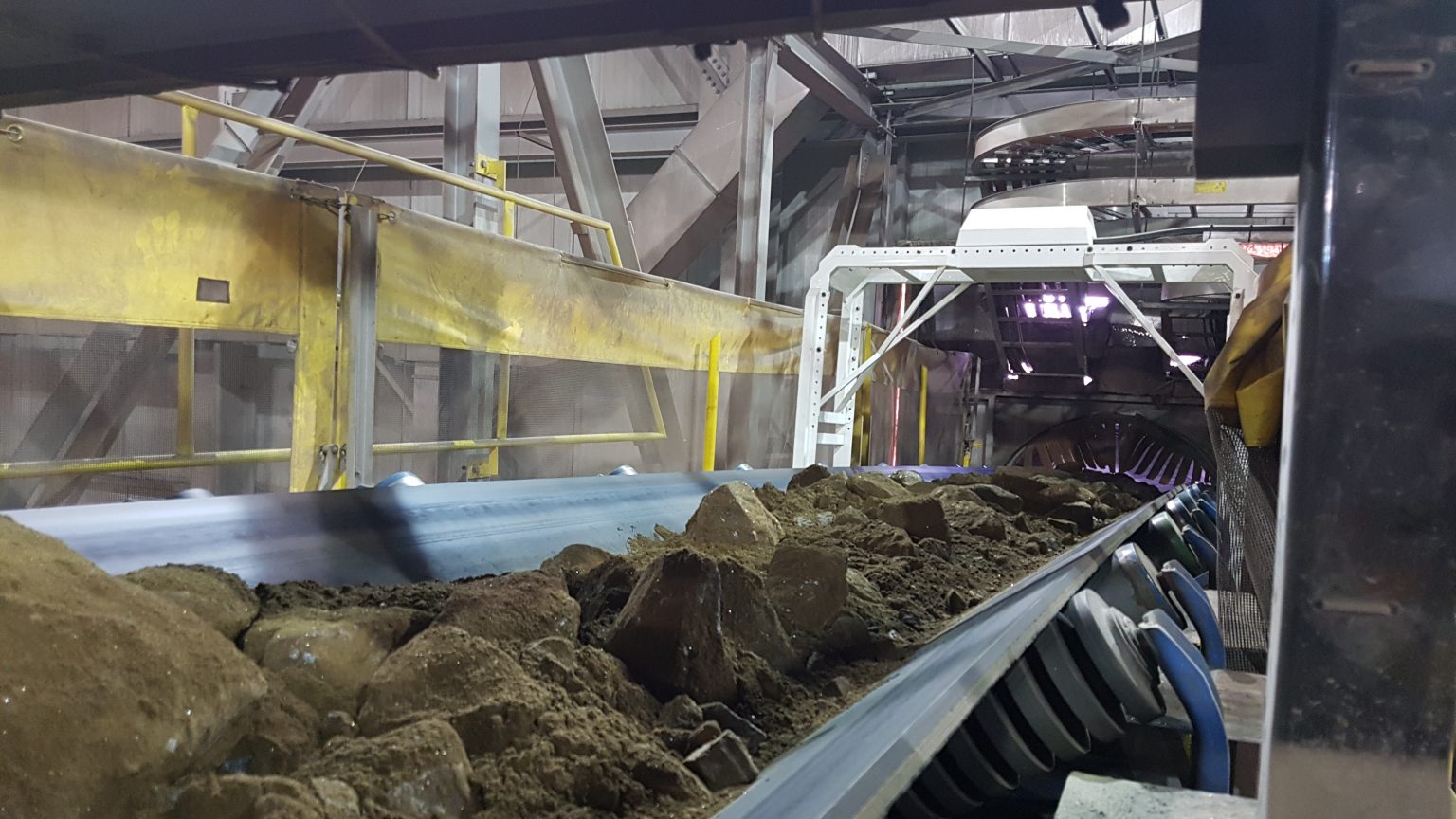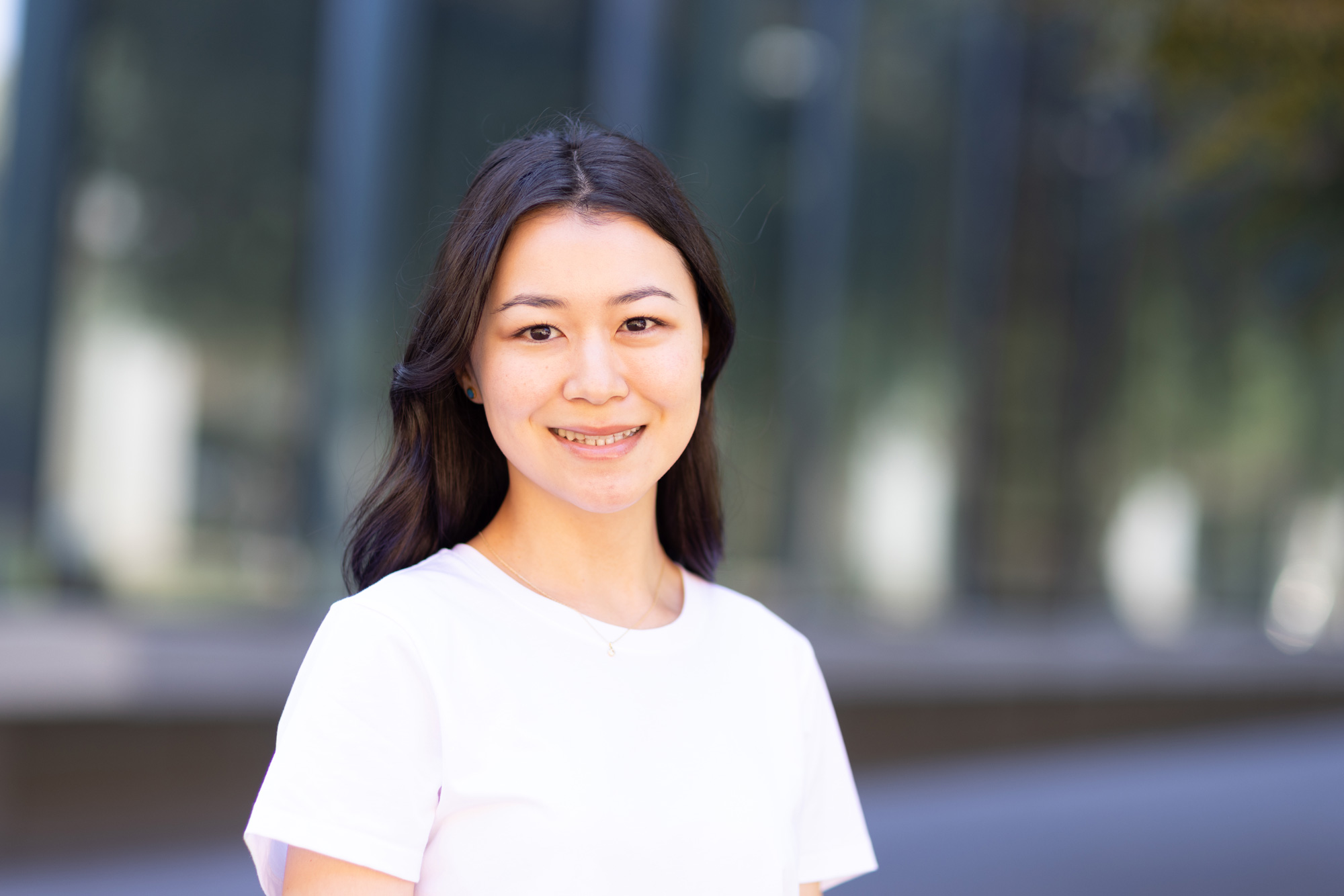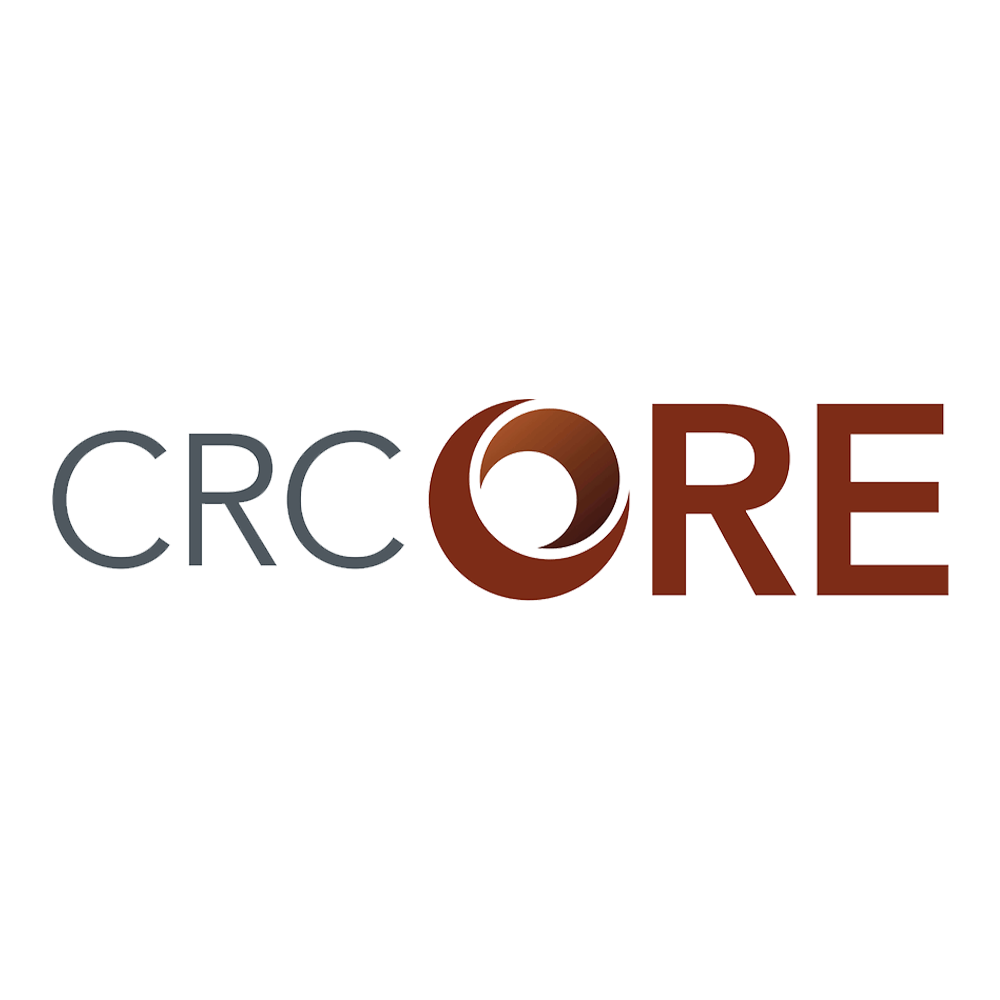Dr Nazym Baizhiyen’s research aims to improve the efficiency and sustainability of mineral processing in the mining industry by predicting and controlling particle size distribution and grade concentration during comminution. The project focuses on early rejection of uneconomic material and increasing head grades by preferentially concentrating valuable minerals into specific size fractions. To achieve these objectives, the project employs a multi-faceted approach that combines numerical modeling, laboratory experiments, and advanced imaging techniques. By improving the overall grade of the ore feed to downstream processing stages we can optimise mining processes and reduce the environmental impact of mining operations. Delve into Dr. Baizhiyen’s research through her video and publications.
Approach: Develop analytical and modelling techniques to measure and analyse the liberation characteristics of rocks at coarse particle sizes.
The objective of this project is to predict mass and value flows to accept and reject streams. The focus of the research is on grade engineering (1) to measure and model gangue liberation and yield curves together with the preferential deportment of grade to specific size fractions during rock breakage (2).
The project provides a basis on which low value waste can be diverted out of the mining value chain prior to expensive and environmentally deleterious comminution and processing operations. This involves rejecting material at relatively coarse particle sizes (typically 10 mm to 200 mm in size) prior to fine crushing and SAG milling. Very little is known about the inherent particle grade distributions that are present in these coarse particle size ranges. The approach is to model gangue liberation and yield curves together with preferential grade deportment to predict mass and value flows.
Two major contributors to this challenge are the amount of material that must be sampled and analysed at these coarse particle sizes (as determined by Gy’s formulae (3,4)), and the general lack of analytical and modelling techniques that can measure and analyse the liberation characteristics of rocks at these coarse particle sizes. By contrast, fine particle liberation measurements in grinding mills and flotation plants have been routinely captured for over three decades using process mineralogy tools such as QEMSCAN (Quantitative Evaluation of Materials by Scanning Electron Microscopy) and MLA (Mineral Liberation Analyser).





